
The average person spends around 74 minutes each day eating; that’s more than an hour devoted to food, whether it’s at the dining table or in a restaurant. And a growing share of those meals now come from the “eat and collect culture,” or, as we more commonly call it, takeaway.
From ordering Chinese food or pizza to picking up groceries, click-and-collect services have become one of the fastest-growing segments of the food industry, reaching €10 billion across Europe.
But this convenience comes with a cost: waste. And not just food waste, which is already well-documented, but a newer and equally concerning problem … single-use waste.
When you think about it, a takeout meal involves a bag to carry the food, food wrappers, food containers, and utensils you will likely only use once, if at all.
It is a lot. To put it to scale, takeaway plastic items make up half of the human-made waste. And where does all of it end after you have finished your meal?
Mostly in landfills or polluting the sea, as 44% of 12 million pieces of ocean litter were linked to take-out food.
But we’re not here to scare you away from getting takeaways, far from it. We love food, and we love the convenience of takeaway. What we don’t love is the unnecessary harm it can cause to our planet.
The good news? There’s a better way to enjoy your meals without the guilt.
What are we talking about? Sustainable Cutlery
The Growing Demand for Sustainable Cutlery
The movement toward sustainable products gained drive in 2019, when Seattle became one of the first cities to ban plastic straws. The idea quickly spread to Europe, where in 2021 the European Union implemented a ban on a range of single-use plastic items such as cutlery, straws, and stirrers.
These decisions marked a staple for sustainability.

And major companies like McDonald’s, Scandinavian Airlines, and Hurtigruten are now saying goodbye to single-use plastics.
Why?
Because despite its convenience, plastic cutlery carries a significant environmental cost.
In fact, plastic cutlery is among the items most deadly to sea turtles, birds, and marine mammals, posing a serious threat to wildlife and ocean ecosystems.
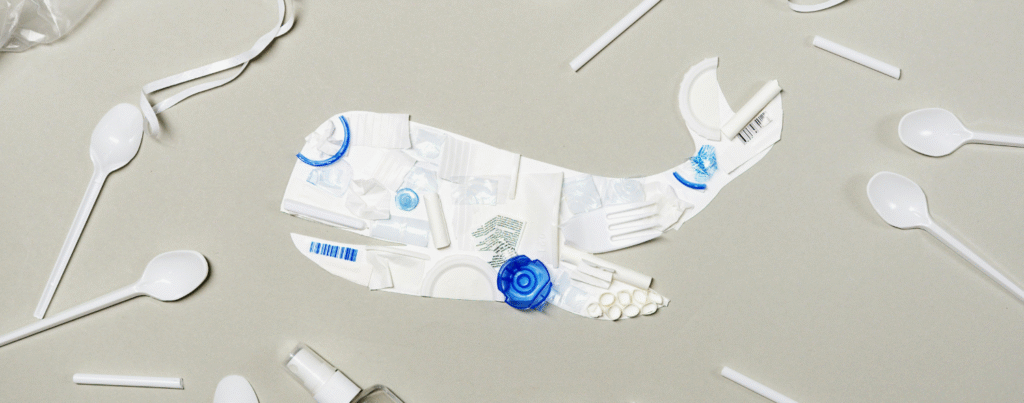
The Environmental Impact of Plastic Utensils
Why Businesses and Consumers are Switching to Paper-Based Alternatives
We might understand the use of plastic utensils if sustainable alternatives were inconvenient or of lower quality.
But that’s not the case.
Sustainable cutlery offers the same ease of use, durability, and smooth feel, just without the environmental damage.
So, what’s the real appeal of plastic utensils? None, really.
And consumers and businesses are coming to the same conclusion. They are realizing that it is time for a shift. One that is small for us, but that makes a huge difference for the planet and its wildlife
Case 1 - Tottenham Hotspur Stadium:

The London-based football club is committed to phasing out single-use plastics, eliminating items such as plastic straws, stirrers, cutlery, and disposable packaging. This means matches will go on as usual but with a much smaller environmental footprint.
Case 2 - Singapore Airlines

The world-renowned airline has replaced single-use plastics with paperware. Beyond being more sustainable, this switch also helps reduce fuel consumption, since paper products are lighter. So it is a win-win for the airline and the environment.
Case 3 - Itsu

This British East Asian fast-food chain has already started its sustainability journey by transitioning to paper cutlery, including spoons and sporks. The result? A convenient, customer-friendly experience that does not come at the planet’s expense.
If all these major organizations are embracing sustainable cutlery, there is a reason.
What are paper utensils?
Within sustainable cutlery, one that has gained significant traction is paper cutlery, or the natural successor to the well-known paper straw. As the name suggests, paper cutlery is crafted entirely from paper pulp. No coatings, no plastic, no hidden additives; just pure sustainable paper.

And yes, paper cutlery can hold up. As with its combined everyday functionality and structure, it is designed to be strong, durable, and capable of handling all types of food. They prove that eco-friendly choices do not have to compromise on quality.
How are Paper Utensils Designed to Handle Everyday Use?

Water-resistant coating
This helps to make sure the paper cutlery and spoons can withstand oil and soups.Examples - Noodles / Soups Adds - Durability
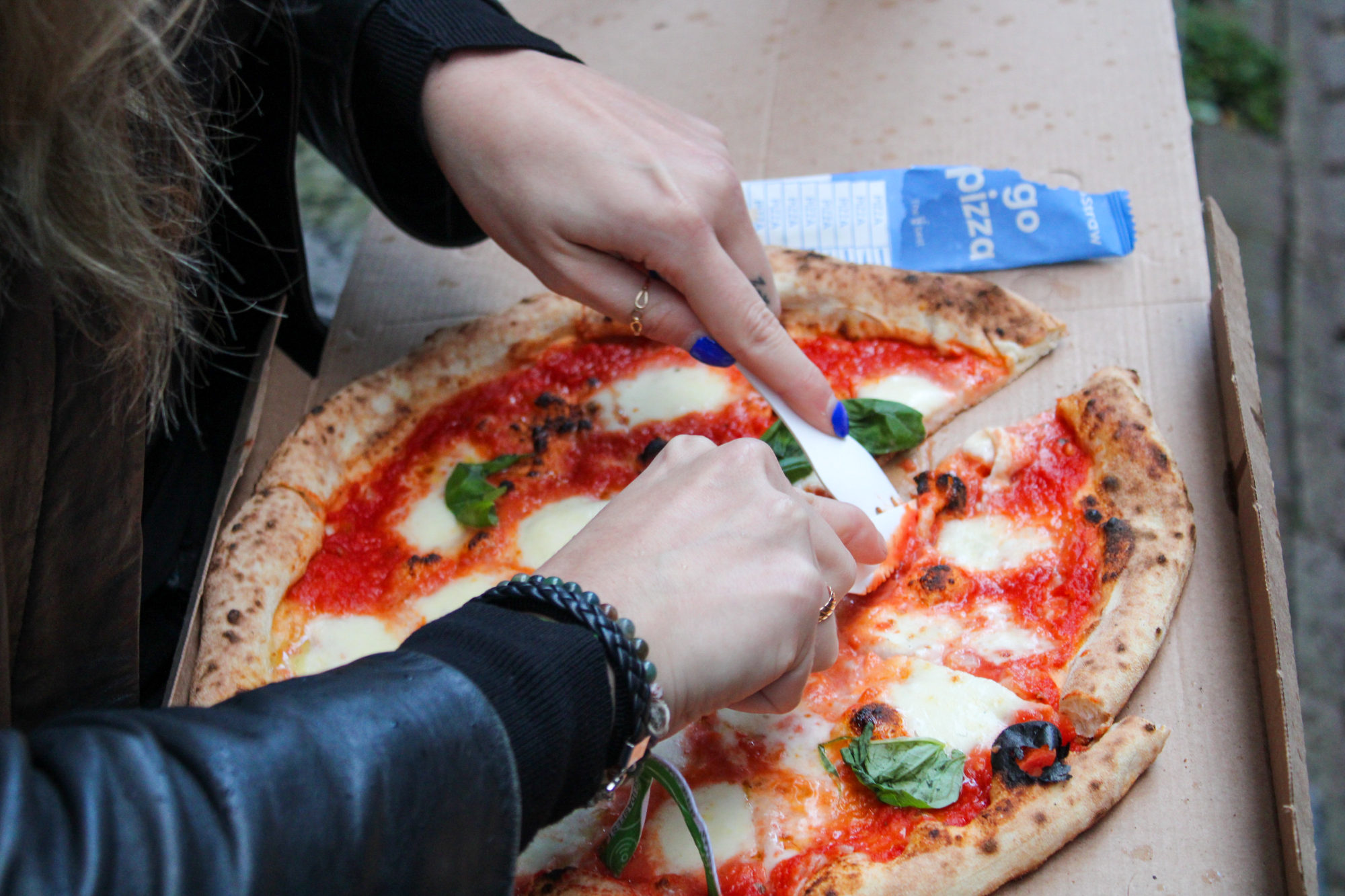
Reinforced paper structure
This makes paper cutlery more ergonomic and strong enough to handle a wide range of food textures.
Examples - Hot Pizza
Adds - Strength
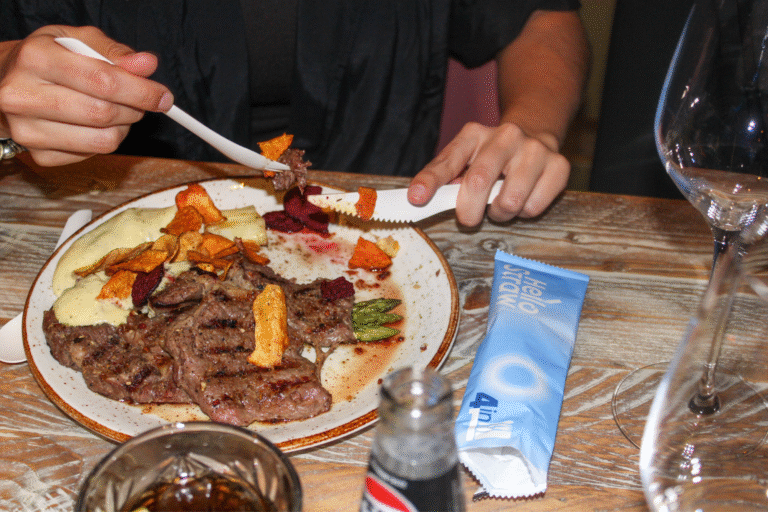
Paper texture
This means that when biting down, the material will not splinter or break, like with wood.Examples - Steak
Adds - Smoothness
Essentially, the characteristics of paper cutlery make it one of the most versatile forms of sustainable cutlery, often outperforming its counterparts.
- Compared to wooden cutlery: Paper cutlery leaves no aftertaste, has no issue of mold, is lighter in weight, and is completely recyclable.
- Compared to plastic cutlery: Paper cutlery contains no harmful chemicals, and it can be both recycled and composted, offering a far more eco-friendly end of life.
Where is Paper Cutlery Used?
So, if paper cutlery is really that good, are people actually using it? Yes! And not just at home or in restaurants.
Large scale events – Car Races
From the Super Bowl to the World Cup to Formula 1, one thing remains constant: people love to eat. Hello Straw, as a pioneer in paper cutlery, recently put this to the test through our sponsorship of a racing team at the world-famous Nürburgring track.

By choosing paper cutlery for large-scale events like these, organizers can significantly reduce their environmental footprint without sacrificing convenience, performance, or enjoyment.
Festivals – ADE
There’s nothing that works up an appetite quite like music and dancing.
At events like the Amsterdam Dance Event (ADE), switching to paper cutlery helps ensure that festivals can keep the good vibes going without leaving such a big environmental trace behind.
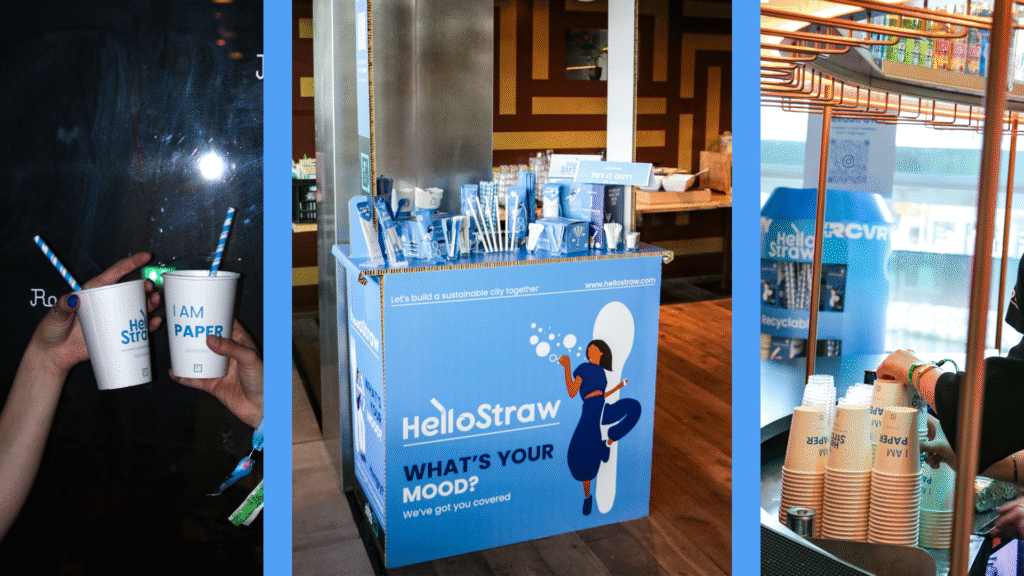
Corporate offices – Company cafeterias
With corporate social responsibility (CSR) now a central focus, sustainability has never been higher on the business agenda. No company wants to be left behind or appear out of touch with modern, eco-conscious values.
That’s why paper cutlery is becoming the go-to choice for company cafeterias and catering. Some examples are ice cream parlors, which are realizing it is all about practicing sustainability from the inside out.
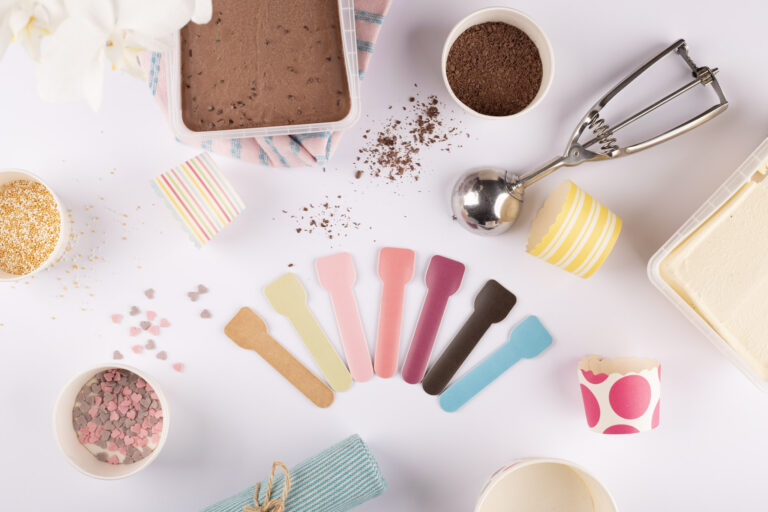
Are paper utensils cost-effective?
One of the main reasons plastic has dominated for so long is its low cost. However, much like fast food, being cheap does not necessarily mean it is good for you or for the planet.
While paper may initially seem more expensive than wood or plastic, the full picture tells a different story. When you factor in:
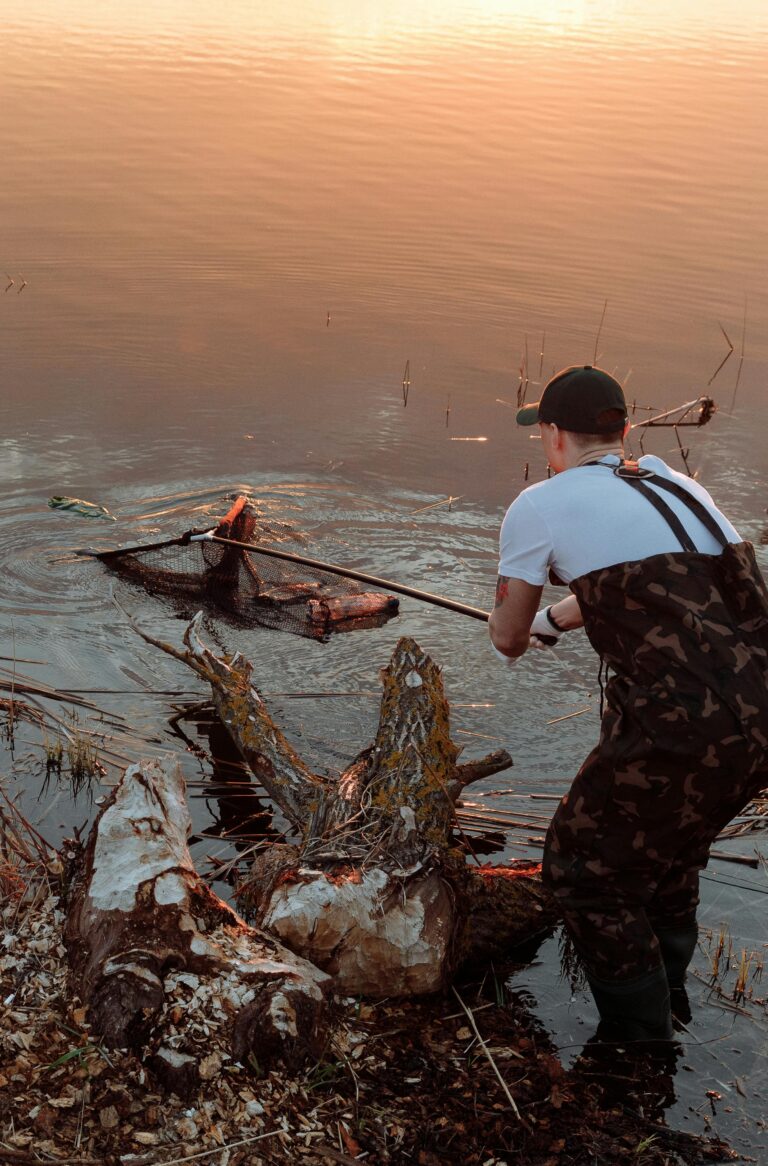
- Environmental impact
- Tariffs and taxes, such as those imposed by countries like China on plastic chopsticks
- Quality concerns, including splintering or mold in wooden utensils
- Chemical presence in non-paper materials
- Government regulations and bans on single-use plastics
Paper quickly becomes a cost-effective and responsible alternative. You may pay slightly more upfront, but you avoid issues like splintering, unpleasant textures, and lingering aftertaste and gain the ability to customize design, shape, and branding.
The Future of Paper Cutlery
The future of paper cutlery looks bright. We have moved past the horror stories of flimsy, soggy paper straws, as people are now realizing that paper is not a hassle.
With its growing adoption, the paper cutlery industry is evolving rapidly. Continuous innovation is driving new possibilities and pushing the boundaries of what paper can do.
Recent breakthroughs include:
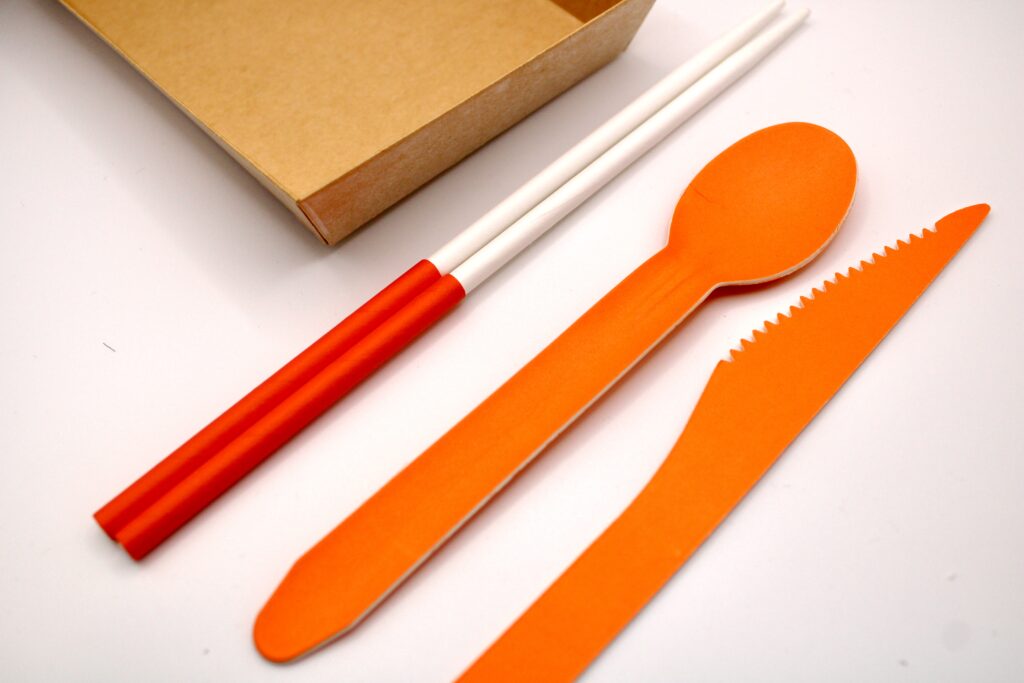


Frozen-safe cutlery: Utensils that can be frozen and defrosted without losing integrity. Imagine a frozen pizza with a paper knife in the packaging, ready to slice once heated.
Leak-resistant cups: Designed to hold even alcoholic beverages without softening or leaking.
Paper chopsticks: Sturdy, stylish, and fully sustainable.
Overall, innovation has become a constant companion in the world of paper cutlery, and it shows no sign of slowing down. If you can imagine it, there’s a good chance paper can make it.
Conclusion
In conclusion, what began as a simple plastic ban in Seattle has evolved into a global movement for sustainability, one where the well-being of our planet finally takes center stage.
Thanks to conscious consumers, innovative products, and government bans, the era of plastic is in a quick decline.
So, join the change.
Explore Hello Straw’s wide collection of durable, high-quality, and eco-friendly paper cutlery designed to make a difference, one meal at a time.



